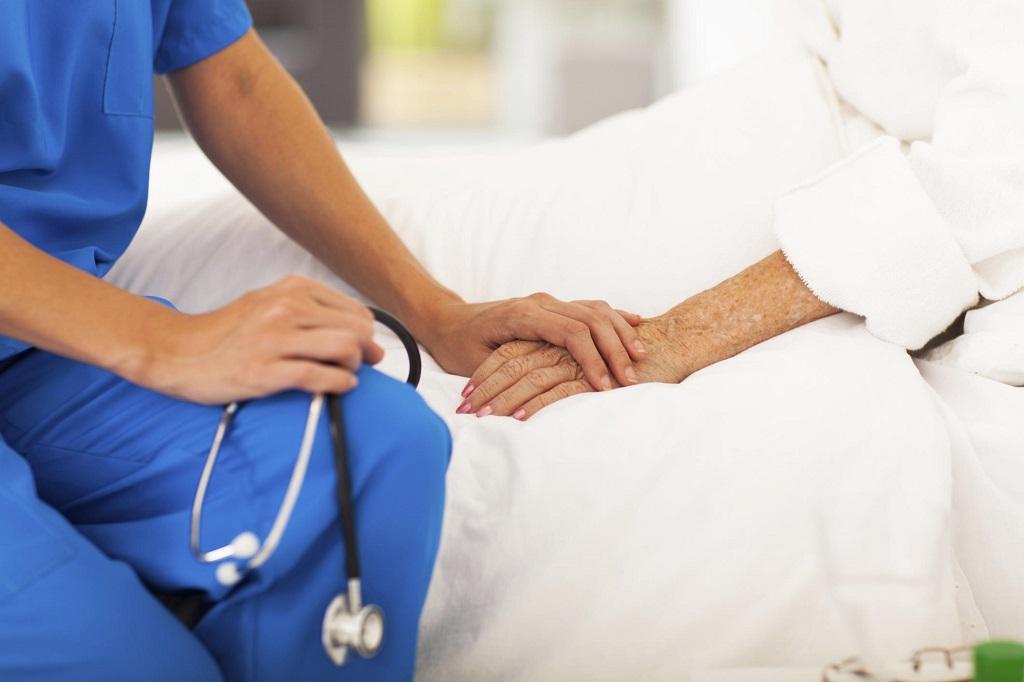
THE CHALLENGES OF NON-VERBAL COMMUNICATION WHILE DEALING WITH A SPECIAL CATEGORY OF PATIENTS
Good communication is known to create successful relationships thereby showing the importance of how well we relate to each other. Facial expressions, gestures, tone variations and even eye contacts speak more as non-verbal communications is a powerful way to connect with others through expression and building better relationships.
The gestures we make when we interact with others i.e. the way we sit, how fast we talk or even how close we stand and make eye contact is enough to let the other person know what you are talking of. Actions clearly speak louder than words as there are many types of non-verbal communication. They include:
-
Gestures
Which are deliberate movements and signals and are an important way to communicate meaning without words. Some of the common gestures used include waving and pointing.
-
Facial expressions
They occupy a huge proportion of nonverbal communication to how information can be conveyed. A person’s face is usually the first thing that we see and so if he or she smiles or frowns it can be easier to understand the mood of the person.
-
Body language
The posture and body language of a person also lets out a great deal of information. Some of the postures include arm crossing that can be interpreted as being in a defensive posture and can show the attitudes of people.
-
Eye Gaze
A person’s eyes whether he or she is looking, gazing or even staring plays an important role. It can indicate hostility, interest or even attraction to a person.
Nursing skills are key to any job setting that one is located in. It helps them gain and learn by acquiring upon the skills and characteristics that are required to succeed in the job. A lot of skills exist that are known to be of importance to nurses and one of the core ones is that they require to have great communication skills.
Nurses consider verbal and non-verbal communication as necessary since they are always at the forefront since they encounter the patients first hand even before they meet their physicians or doctors. Good verbal skills ensure that the information passed on to them by patients is clear, precise and understood depending on the patient’s culture, age or even their level of understanding. Non-verbal communication is effective since a patient’s physical body language is enough for professional health people to understand how the patient is feeling. The patient can either grim his or her face, provide gestures to the attending nurse and even display facial expressions that show that they are in pain.
Also Read:
Thousands of students get to Purchase Nursing Care Plans Online from nursingwritingservices.com. Try yours today risk free.
Good effective communication helps build trust as it improves the general healthcare of the patient in the hospital or healthcare facility. It provides understanding to the staff since lots of the right messages are conveyed to the patient plus some of the basic signals seen can help build a rapport and trust.
Non-verbal communication in healthcare can be used to show autistic disorders in patients, for example, a marked impairment in eye-to-eye gaze, facial expression, and body exposures are enough to show the issue. It is also used to better understand if a person has a posttraumatic disorder since they will show hypervigilance, stress disorders and even exaggerated startle response.
Some of the reasons why someone is non-verbal is probably because they cannot talk or give speech due to their nature of disability hence hard to form sentences. Some of the patients who are mentally ill cannot understand spoken words whereas others rely on caregivers in their support circle to convey whatever they are trying to communicate.
Dealing with a special category of patients proves to be a difficult way of establishing what the patient is experiencing. Non-verbal communication contributes immensely to all interpersonal communication, however, some of the cues may otherwise be overlooked or denied by the health professionals.
Understanding how communication is important in improving and the impact it brings to our society helps maintain a strong and quality healthcare system.

